Climate change and environmental degradation have been the buzzwords of our generation, but the truth beneath the buzz is chilling. We’re living on a planet that’s starting to show signs of wear and tear, and more alarmingly, there are indications that Earth may not be able to sustain human life for much longer. Let’s dive into 15 signs that suggest we’re pushing our home to its breaking point.
1. Extreme Weather Events Are Getting Worse
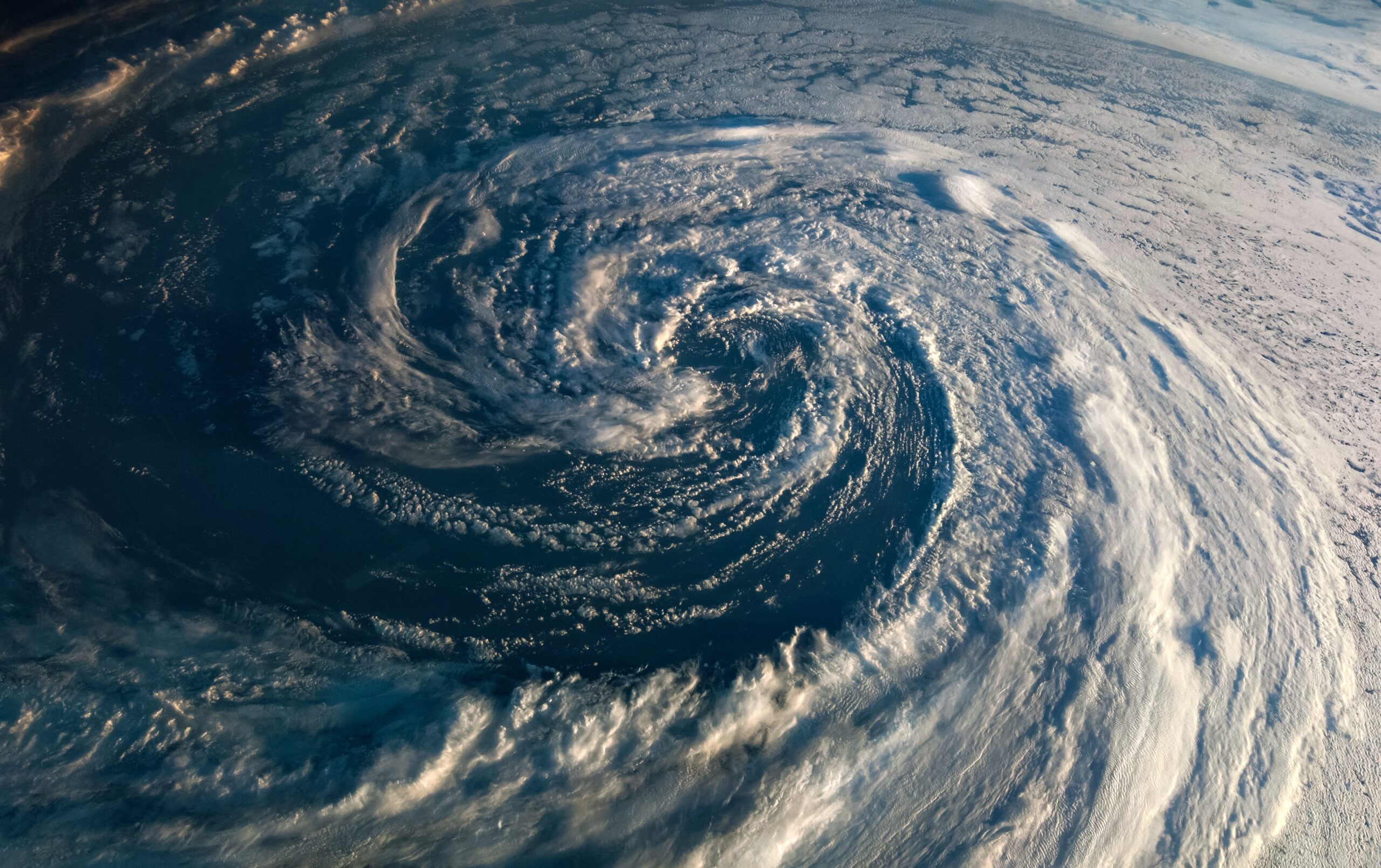
It’s not just your imagination; hurricanes, wildfires, and droughts are increasing in intensity and frequency. According to a recent report by the National Oceanic and Atmospheric Administration (NOAA), the U.S. alone experienced 18 separate billion-dollar weather and climate disasters in 2022. These extreme weather events are taking not just a financial toll but also a human one, with lives lost and communities displaced. If this pattern continues, the planet may no longer be able to support the infrastructure that human civilization relies on.
These disasters are exacerbating existing vulnerabilities, especially in poorer regions that lack the resources to recover. As these events become more commonplace, international aid and disaster relief efforts are stretched thin. This ultimately disrupts global food supplies and economic stability, contributing to a downward spiral that’s becoming increasingly difficult to reverse. The planet’s warning signs are clear, yet we’re still failing to heed them.
2. Oceans Are Losing Their Cool

The oceans, often dubbed the planet’s lungs, are in a state of crisis. Rising sea temperatures are causing coral bleaching, which threatens marine biodiversity on an unprecedented scale. Warmer waters are also affecting ocean currents, which could lead to more drastic weather patterns. The consequences are dire: with disrupted marine ecosystems, the fisheries millions rely on for food and income hang in the balance.
Further, the warming seas are absorbing less CO2, which accelerates climate change and compounds the problem. This disrupts weather patterns, leading to more severe storms and rising sea levels that threaten coastal cities worldwide. If humans don’t drastically cut greenhouse gas emissions, the oceans’ ability to regulate the Earth’s climate will keep diminishing. We’re essentially sabotaging one of our planet’s most crucial life-support systems.
3. Ice Sheets Are Saying Goodbye
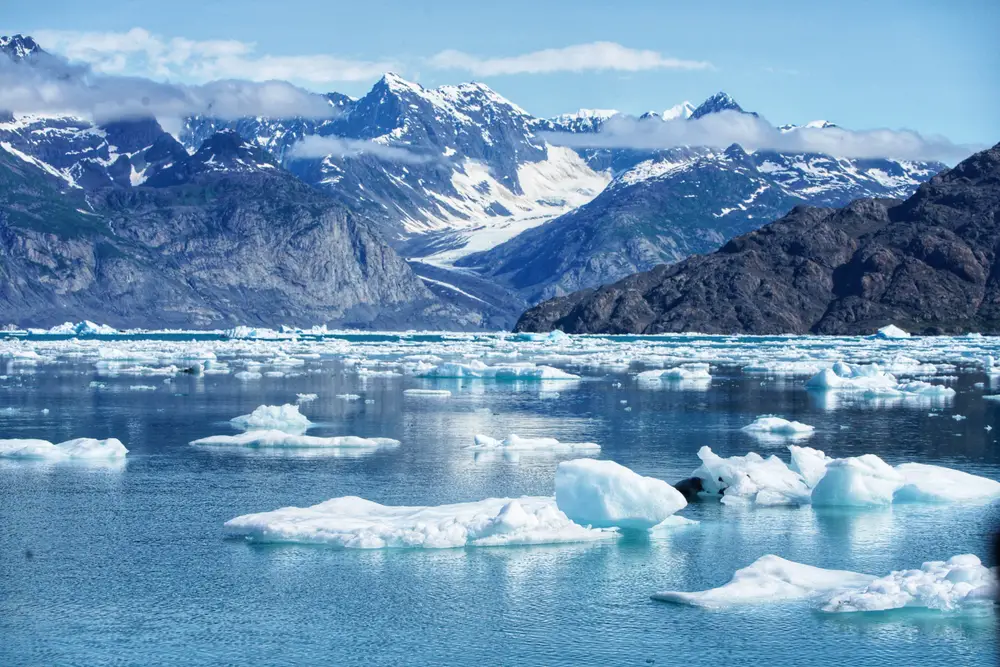
Glaciers and polar ice caps are melting at an alarming rate, raising sea levels and posing a direct threat to coastal communities. The Greenland and Antarctic ice sheets are losing ice mass at an accelerating pace, according to NASA’s Earth Science Division. This contributes significantly to global sea-level rise, which could displace millions of people living in low-lying areas. If significant actions aren’t taken, many current coastal cities might find themselves submerged by the end of the century.
This ice loss isn’t just affecting sea levels; it’s also impacting ocean circulation patterns. Melting glaciers dilute the salinity of the oceans, which can disrupt the global conveyor belt that regulates climate. This could result in more extreme weather conditions and disrupt the delicate balance of ecosystems worldwide. Ignoring these shifts is like ignoring a ticking time bomb with consequences we’re not prepared to handle.
4. Biodiversity Is in Crisis
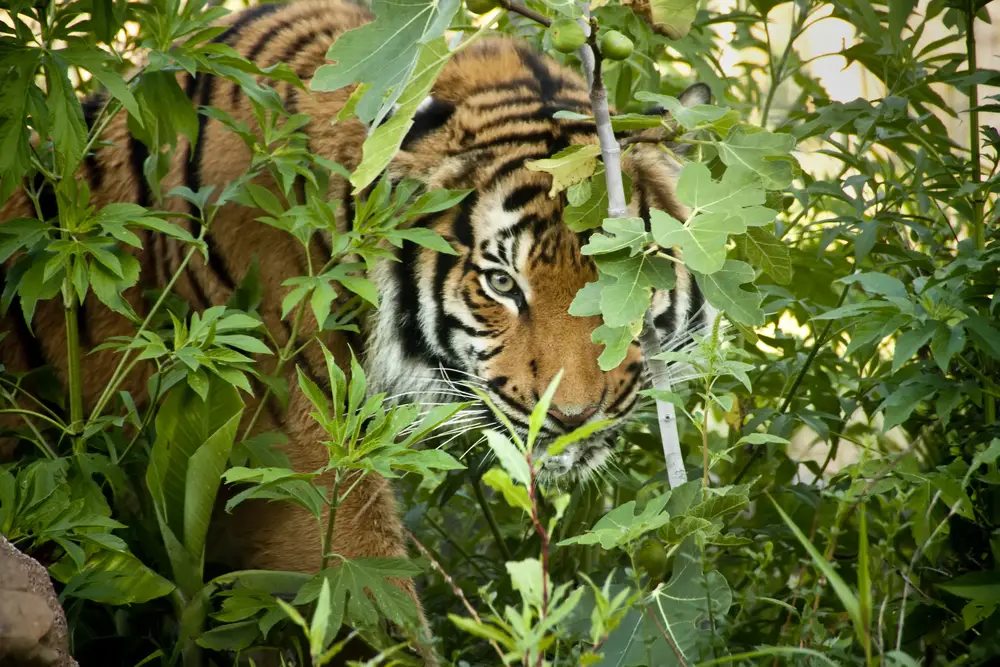
Our planet is currently undergoing its sixth mass extinction, with species disappearing at an unprecedented rate. Over 40,000 species are facing extinction, primarily due to habitat loss, pollution, and climate change. This biodiversity loss isn’t just an environmental issue; it has serious implications for human health, food security, and economic stability. With ecosystems destabilizing, the services they provide, like pollination and clean water, are also at risk.
The decline in biodiversity is a clear sign that human activity is pushing Earth’s systems to their limits. As keystone species disappear, entire ecosystems can collapse, leading to a domino effect that we might not be able to control. The loss of biodiversity diminishes nature’s resilience, making it harder for ecosystems to recover from environmental stressors. Humans are not separate from nature, and the consequences of these losses will inevitably impact us all.
5. Freshwater Resources Are Drying Up
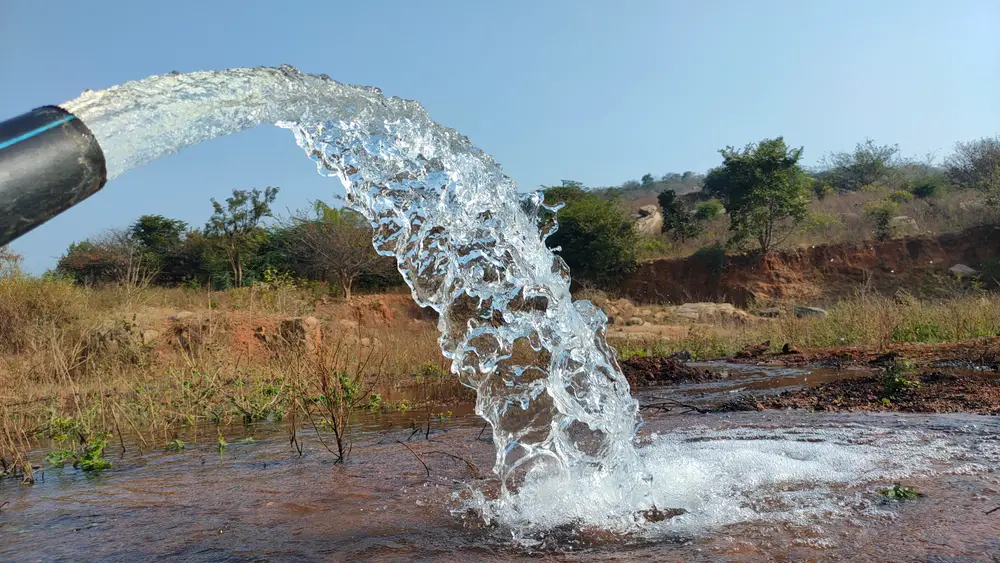
The availability of freshwater, a critical resource for survival, is becoming increasingly scarce worldwide. The World Resources Institute (WRI) has highlighted that a quarter of the world’s population is at risk of water shortages due to overconsumption and climate change. With aquifers being depleted faster than they can replenish, many regions are already facing severe water stress. If we continue on this trajectory, conflicts over water resources could become a grim reality.
Moreover, climate change is altering precipitation patterns, leading to prolonged droughts in some areas and floods in others. This uneven distribution of freshwater exacerbates existing inequalities and impacts agriculture, energy generation, and health. As rivers and lakes dry up, so do the opportunities for communities to thrive. Without urgent intervention, water scarcity will become one of the biggest threats to human survival in this century.
6. Increasing Air Pollution
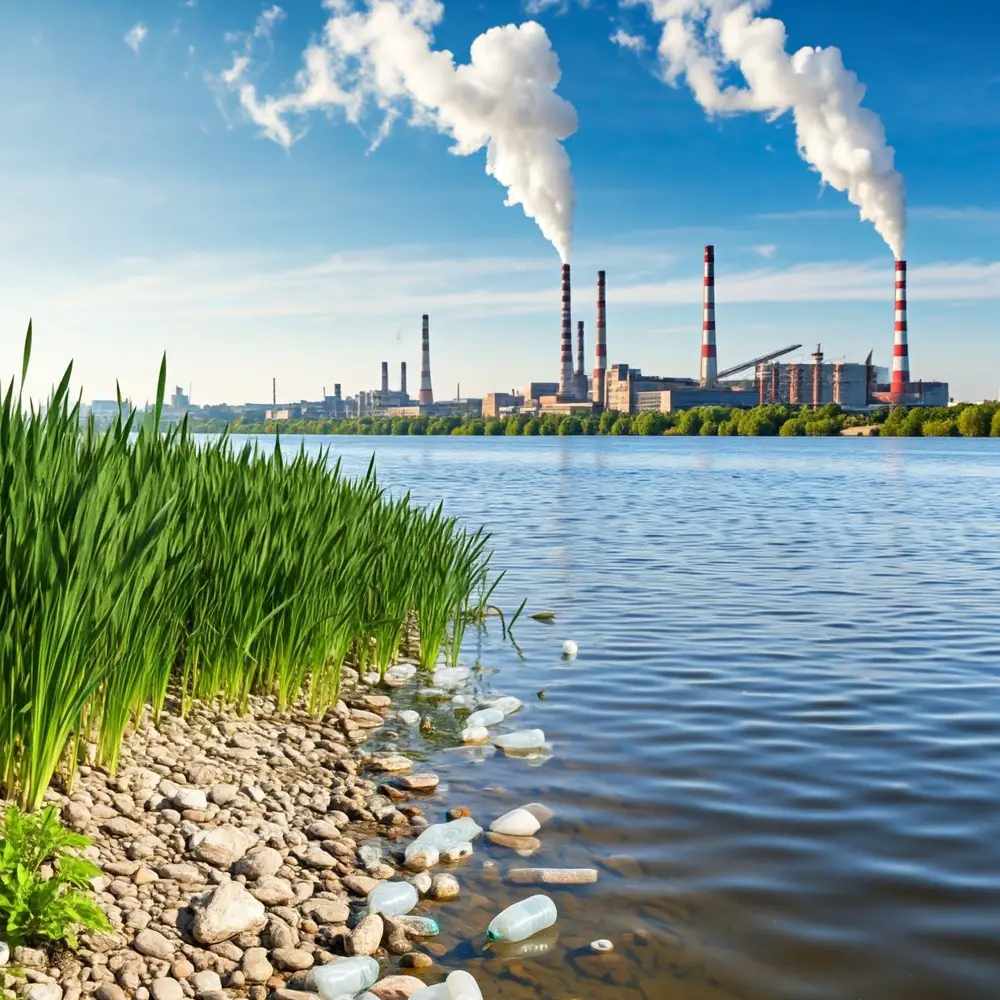
Air quality across the globe is deteriorating at an alarming rate, and it’s a cause for major concern. Urban areas are particularly affected, with smog and particulate matter contributing to a range of health issues from respiratory problems to heart disease. According to the World Health Organization, around 7 million people die each year from causes related to air pollution. As industrialization continues unchecked in many regions, the situation is only expected to worsen.
Air pollution doesn’t just affect human health; it has a cascading impact on ecosystems and agriculture. Pollutants can lead to acid rain, which harms plant life and soil quality, affecting food production. This decline in air quality is a sign that our industrial activities are outstripping the environment’s ability to cope. It’s a public health emergency that we cannot afford to ignore if we hope to sustain life on Earth.
7. Soil Degradation
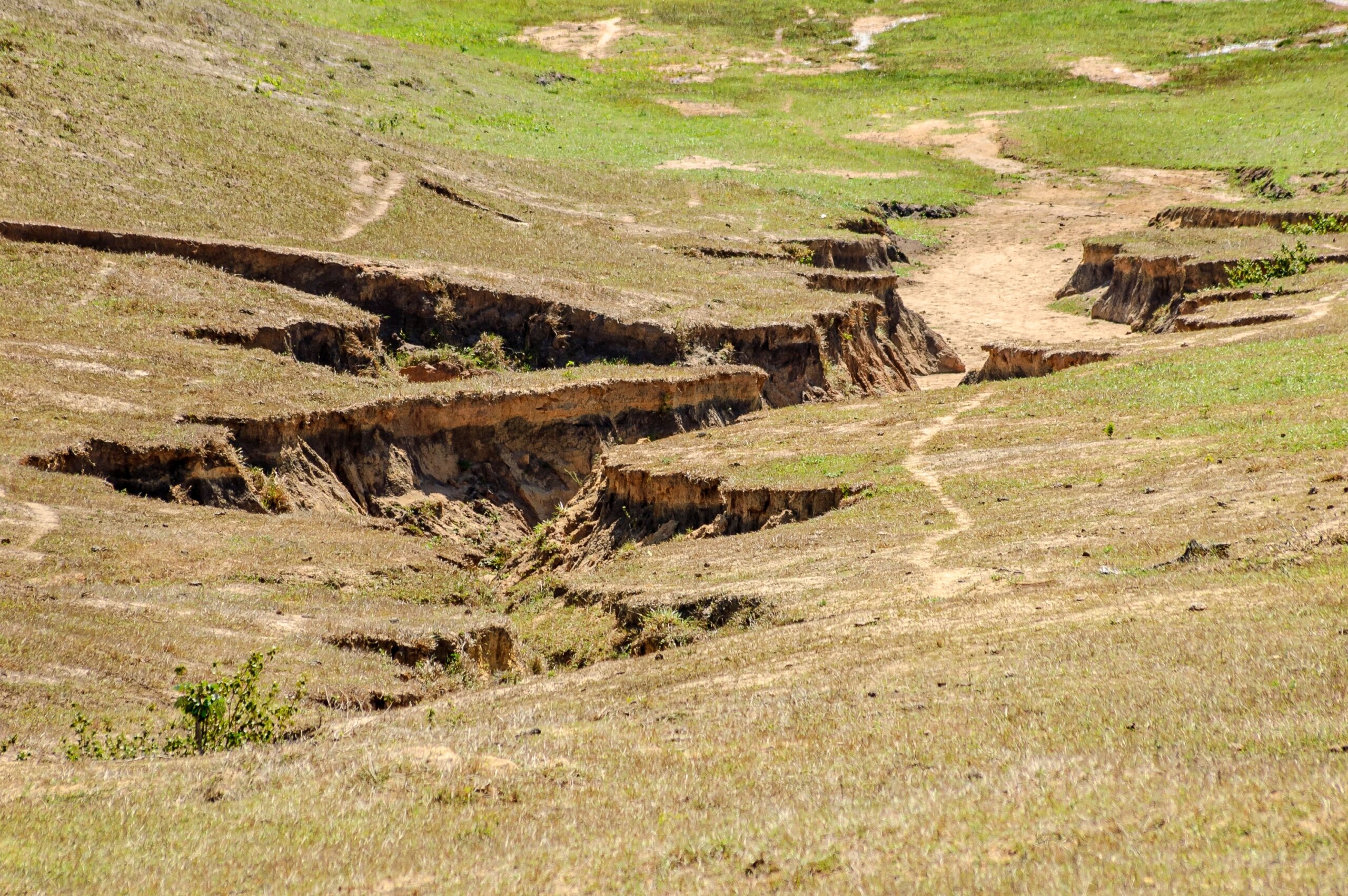
Healthy soil is critical for growing the food we eat, but it’s becoming increasingly scarce. Intensive farming practices, deforestation, and pollution have led to widespread soil degradation. The United Nations reports that a third of the planet’s soil is already degraded, and the rate of loss is accelerating. This not only reduces agricultural productivity but also contributes to climate change, as degraded soil releases stored carbon back into the atmosphere.
Soil degradation also affects water retention, making regions more susceptible to floods and droughts. As the quality of soil declines, so does the nutritional value of the crops grown in it. This has far-reaching implications for global food security and nutrition. If we don’t adopt sustainable farming practices soon, we risk depleting one of our planet’s most vital resources.
8. Plastic Everywhere
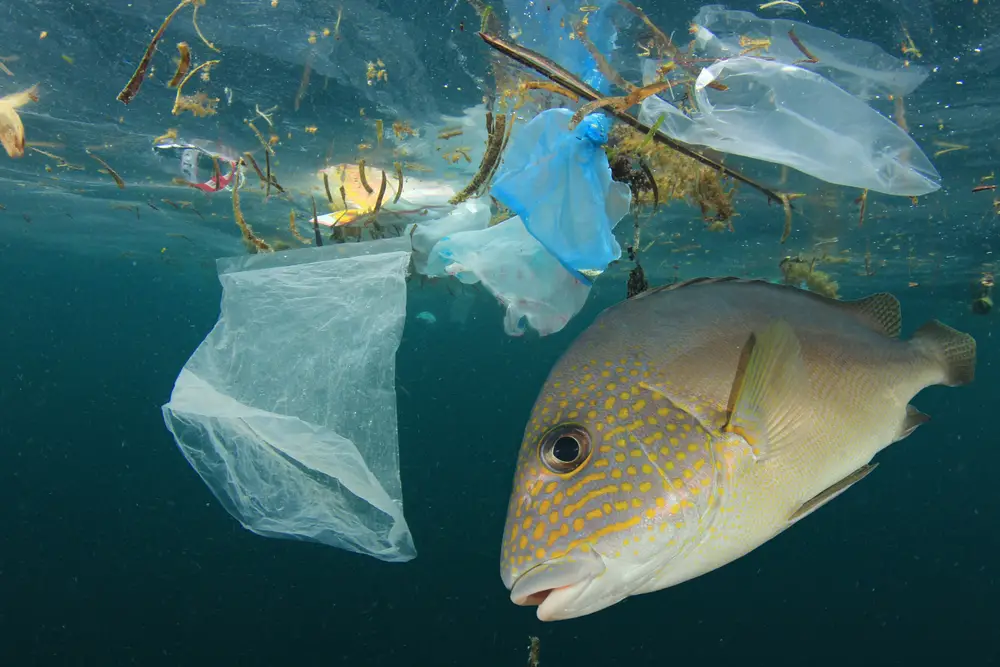
Plastic pollution has reached every corner of the globe, from ocean depths to mountain peaks. It’s estimated that by 2050, there will be more plastic than fish in the oceans by weight if current trends continue. This not only affects marine life, but also enters the human food chain through seafood. The pervasive nature of plastic pollution is a testament to our throwaway culture and its long-lasting impact on the environment.
Efforts to recycle and reduce plastic use are still insufficient to combat the problem at its root. Microplastics have been found in the water we drink and the air we breathe, posing unknown health risks. The durability of plastic, once considered its advantage, has become its biggest drawback. Without a major shift in how we produce and dispose of materials, the plastic problem will continue to grow, with devastating consequences for all life on Earth.
9. The Carbon Dioxide Conundrum
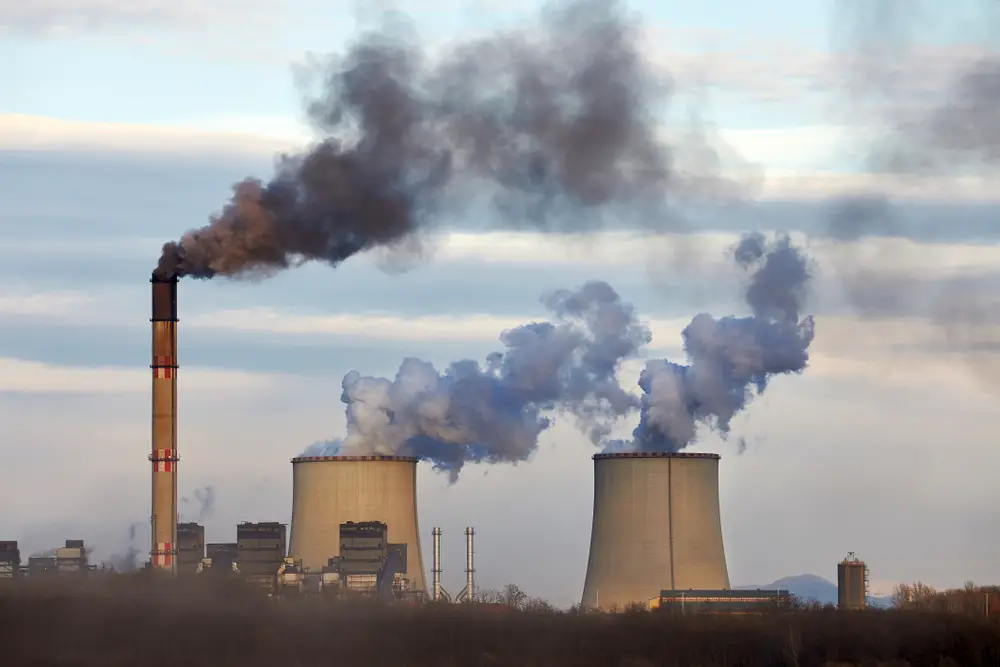
Carbon dioxide levels in the atmosphere have reached record highs, contributing to the greenhouse effect and global warming. The burning of fossil fuels for energy is the primary culprit, with little sign of slowing down despite international agreements like the Paris Accord. This has led to rising global temperatures, which in turn exacerbate climate change impacts. The feedback loops created by higher CO2 levels make it increasingly difficult to stabilize the climate.
High CO2 levels also have direct effects on ocean acidity, which threatens marine life. As CO2 dissolves in seawater, it forms carbonic acid, which harms shell-forming species and disrupts marine ecosystems. The increase in atmospheric CO2 is a clear indicator that our current energy systems are unsustainable. If we don’t transition to renewable energy sources, the consequences will only become more severe.
10. Deforestation Dilemma
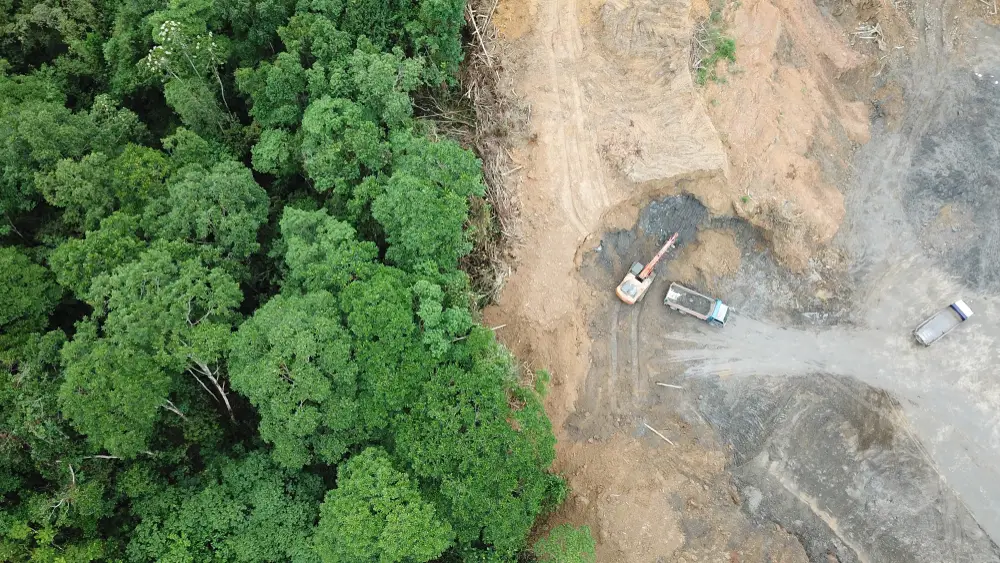
Deforestation is stripping the planet of its crucial carbon sinks, exacerbating climate change. Large swaths of forests are cleared every year for agriculture, logging, and urbanization, releasing stored carbon into the atmosphere. The loss of forests also means a loss of biodiversity and disrupts the water cycle. According to the World Wildlife Fund, we’re losing forests equivalent to the size of 27 soccer fields every minute.
Forests play a vital role in regulating the Earth’s climate by absorbing CO2. Without them, carbon levels rise more quickly, accelerating global warming. The impact on indigenous communities, who rely on forests for their livelihoods, is another critical issue. Reversing deforestation trends is essential not just for climate stability, but for the welfare of countless species and human communities.
11. Urban Sprawl
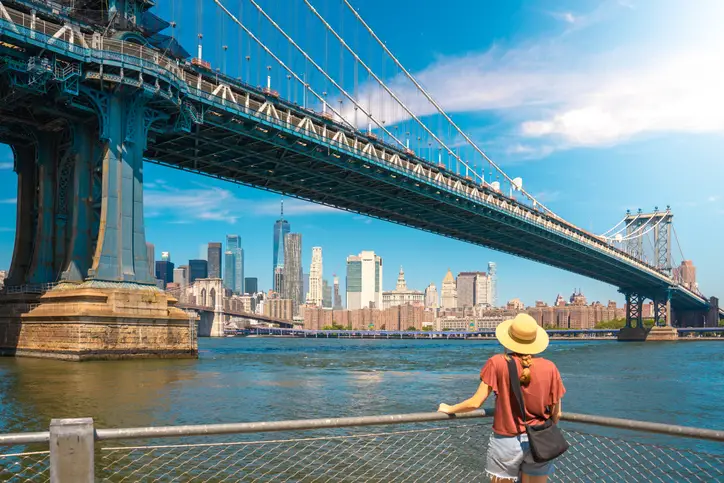
The expansion of urban areas is consuming natural habitats and agricultural lands at an alarming rate. This urban sprawl leads to habitat fragmentation, reducing the ability of ecosystems to sustain wildlife. The energy demands of sprawling cities contribute significantly to greenhouse gas emissions. As cities expand, they also place increased pressure on water and waste systems, complicating efforts to manage pollution.
The social implications are equally troubling, with inequalities often exacerbated in sprawling urban areas. Limited access to green spaces affects quality of life and mental health. Infrastructure struggles to keep pace with population growth, leading to congested roads and insufficient public services. Sustainable urban planning is critical if we are to balance human needs with environmental stewardship.
12. Overpopulation Pressures
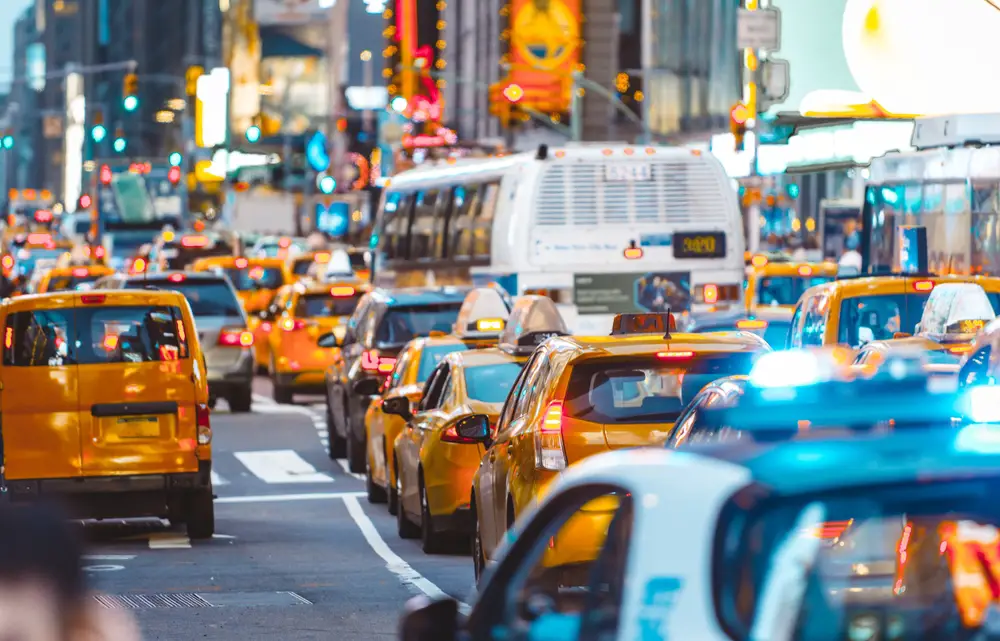
The global population is expected to reach nearly 10 billion by 2050, putting unsustainable pressure on the planet’s resources. More people mean more demand for food, water, and energy, stretching these resources thin. The environmental impact of this growth is profound, contributing to deforestation, pollution, and climate change. As the population grows, so does the waste we produce, further burdening the planet.
Overpopulation also intensifies social issues like poverty, unemployment, and limited access to healthcare. The carrying capacity of Earth is being tested, with dire implications for future generations. Sustainable development and family planning are essential strategies to mitigate the pressures of overpopulation. Without them, the quality of life for billions will deteriorate as resources become increasingly scarce.
13. Energy Consumption Crisis
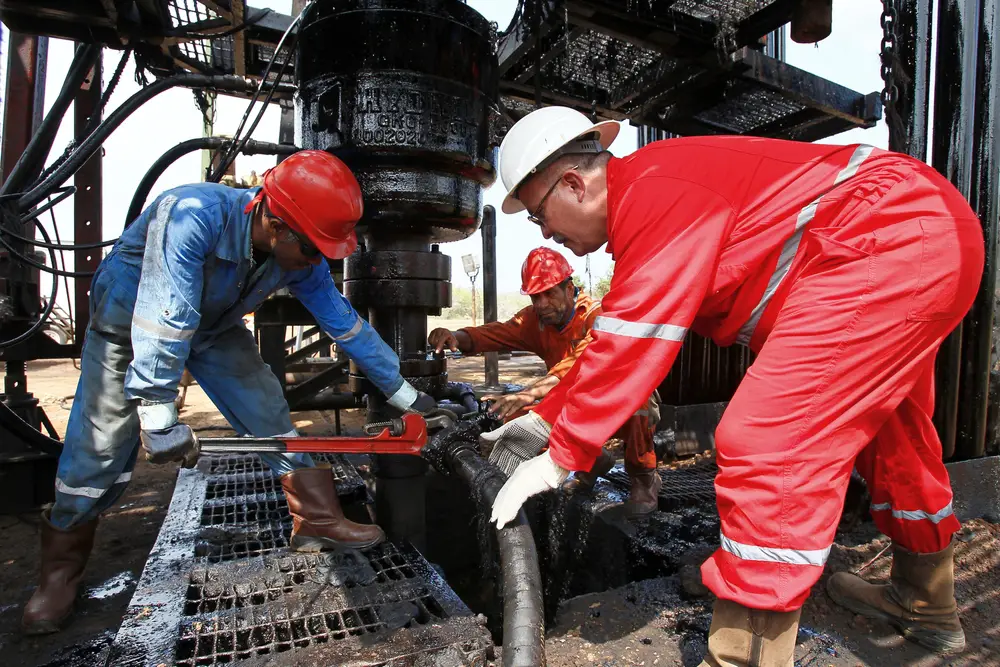
Our reliance on fossil fuels is a ticking time bomb for the planet. Despite advances in renewable energy, fossil fuels still account for a significant portion of global energy consumption. This dependency contributes to greenhouse gas emissions, air pollution, and climate change. The extraction and burning of fossil fuels also cause environmental degradation, from oil spills to habitat destruction.
Transitioning to renewable energy sources is vital, but the pace of change is far too slow. Energy consumption is expected to grow as developing nations industrialize and the global population increases. Without a rapid shift in energy policies and technologies, we’ll continue down an unsustainable path. The future of energy must be clean, efficient, and accessible to avert environmental catastrophe.
14. Loss of Arctic Ice
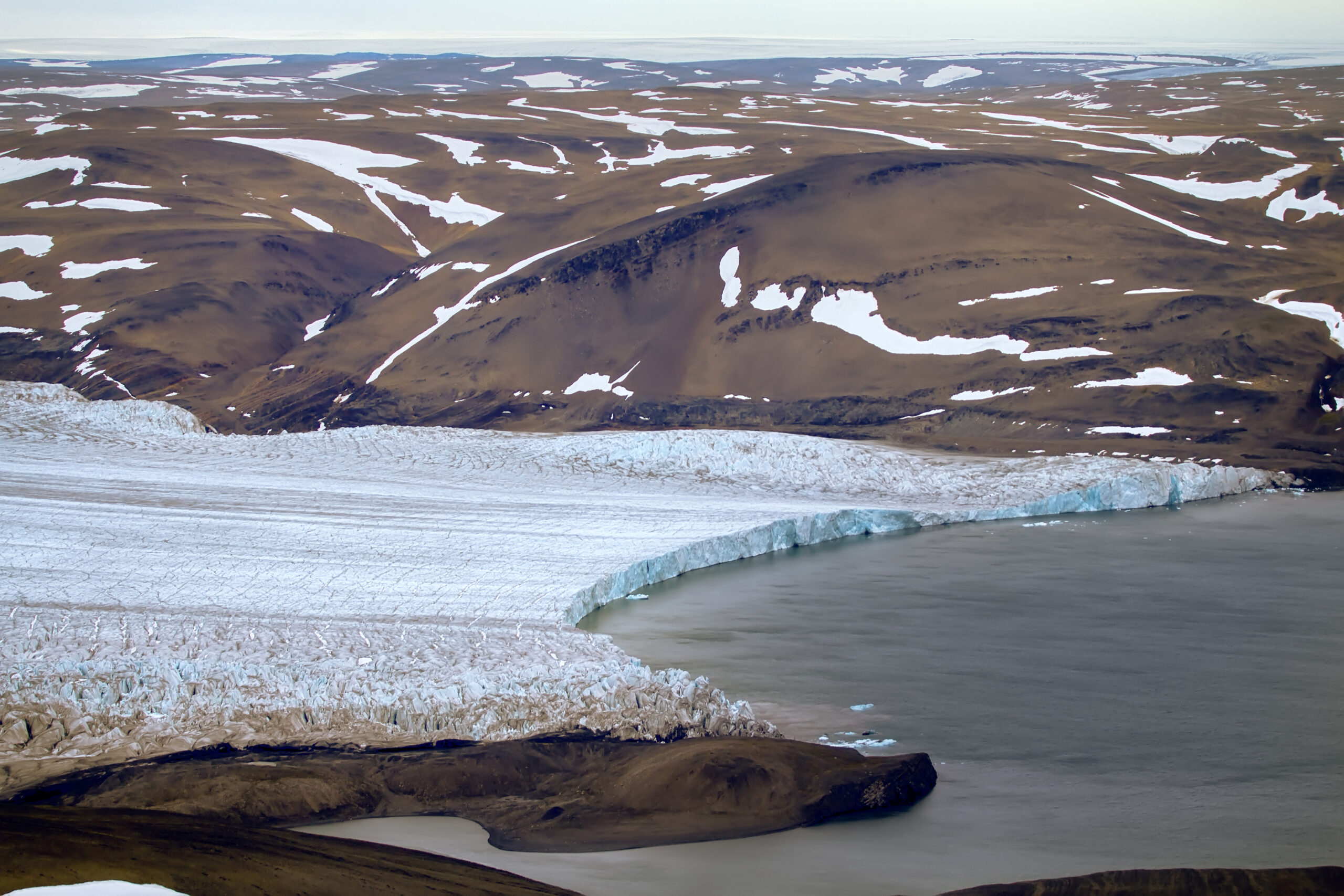
The Arctic is warming twice as fast as the rest of the planet, resulting in significant ice loss. This not only contributes to rising sea levels but also disrupts global climate patterns. The loss of sea ice affects marine ecosystems and indigenous communities that depend on them. The albedo effect, where ice reflects sunlight, diminishes as ice melts, leading to further warming.
The opening of previously inaccessible regions has geopolitical implications, as nations vie for control over resources. Shipping routes through the Arctic are becoming more navigable, raising concerns about environmental risks. The loss of Arctic ice is a stark indicator of the rapid pace of climate change. Protecting this fragile region is crucial for maintaining global climate stability.
15. Inefficient Waste Management
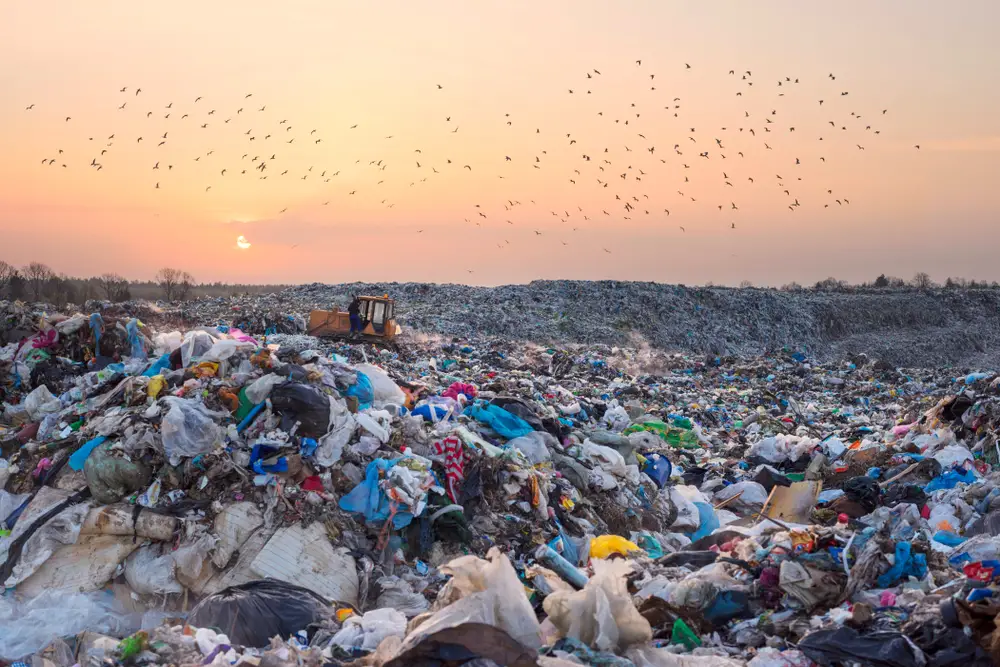
The growing amount of waste generated by human activity is overwhelming waste management systems worldwide. Landfills are reaching capacity, and improper waste disposal leads to pollution of air, land, and water. Many regions lack the infrastructure for effective recycling and waste processing, exacerbating the issue. This inefficiency not only harms the environment but also poses health risks to communities.
Efforts to reduce waste through recycling and composting are often inadequate to counteract the rising tide of waste. Single-use products and planned obsolescence contribute to the problem, creating a cycle of consumption and disposal. Innovative solutions and stricter policies are needed to tackle waste management challenges. Without them, the waste problem will continue to grow, threatening ecosystems and human health.
